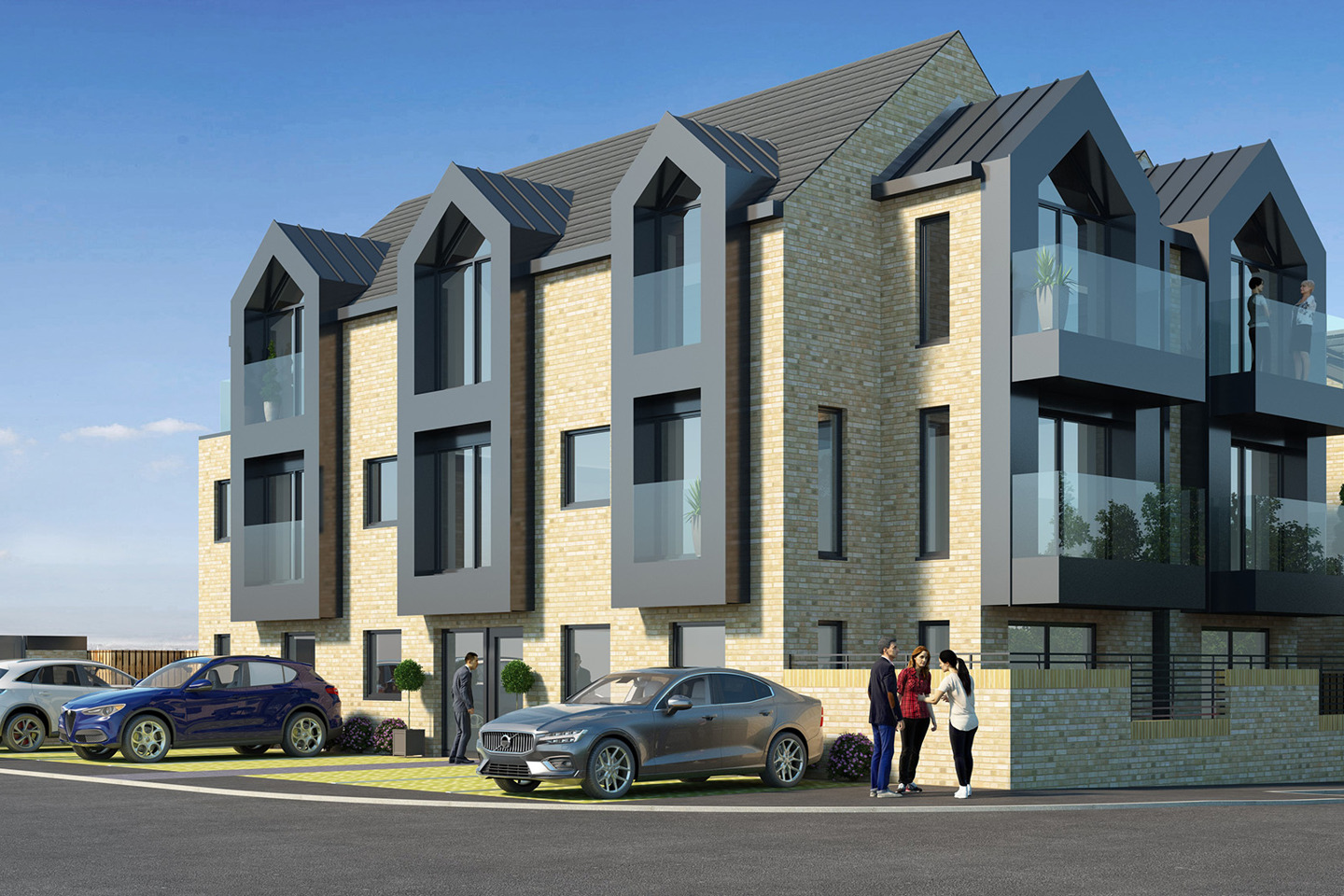June 23, 2023
Amendments (August 2020)
As of the 31st August 2020, permitted development (PD) opportunities will be introduced for blocks of flats which will allow for upward extensions to create additional dwellinghouses. These new PD rights do come with a series of restrictions but could help unlock some exciting development opportunities.
As a developer may wish to take advantage of these new PD rights, in the absence of any other detailed procedural guidance, our checklist below will assist you to bring forward your development.
Step 1 – Consider Exemptions
- The Local Planning Authorities (LPA) have areas where these PD rights will not apply including:
- If the building is within article 2(3) land – Conservation Area, AONB, the Broads, National Park or World Heritage Site
- If it forms part of a site of special scientific interest (SSSI)
- Is a Listed Building or scheduled monument or within the curtilage of such buildings
- If it forms part of a safety hazard area or military explosive storage area
- The building is within 3km of an aerodrome
Step 2 – Confirm the buildings compliance
- The existing building must have been a purpose-built, detached block of flats and:
- Detached
- Been constructed after 1st July 1948 or before 5th March 2018
- 3 or more storeys in height
- Restrictive conditions on previous planning permissions also need to be taken into consideration.
Step 3 – Other considerations
- Permitted development rights only apply to the upwards extension and do not include the opportunity to make external alterations to the existing building.
- The additional storeys must be constructed on the principle part of the building
- The overall height of the building, including the new storeys, must not exceed 30m in height
- The new dwellinghouses must comprise of flats with ceilings height which are either (i) less than 3m or (ii) the same or less than the flats on the existing storeys
Step 4 – Prior Approval
- In all cases, an application for Prior Approval will need to be made to the local planning authority (LPA).
- A Prior Approval application can be refused on a number of grounds including:
- transport and highways impacts
- air traffic and defence asset impacts
- contamination risks in relation to the building
- flood risk
- the external appearance of the building
- impact on existing occupants and neighbour amenity through overlooking, privacy, and loss of light
- being sited in a protected view
- The Community Infrastructure Levy (CIL, 2010) will apply to conversions involving the creation of 1 or more dwellings.
Step 5 – Application Checklist
Under the prior approval process associated with Class A, Part 20, an application must include:
- a written description of the proposed development including details of the news flats and other associated works
- a site location plan
- floor plans showing the position of windows, doors, walls and the existing and proposed elevations of the building
- a written statement specifying the number of new flats
- a list of all the addresses within the existing block of flats
- the developers contact address
- the developers email address
Step 6 – Determination Process
- The LPA will confirm the building complies with the requirements set out in Step 2
- The LPA will consult the highway authority to assess if there is any material increase or change to the character of traffic in the vicinity of the site.
- The LPA will consult with the Civil Aviation Authority to determine if the site presents risk to air traffic.
- The LPA will consult with the Environment Agency who will assess the proposal if it’s in Flood Zone 2 or 3, or Zone 1 where there are critical drainage problems.
- The LPA will assess the proposed external appearance of the extension in relation to the existing building and townscape
- The LPA will assess whether there are any contamination risks, taking account of any proposed mitigation measures.
- The LPA will assess whether there are any impacts to existing occupant and neighbouring amenity in regard to outlook, privacy or natural light
- If it is determined the proposal has no impacts, prior approval will not be required and the LPA will confirm the development can proceed
Step 7 – Complete development within 3 years of the date on the decision notice and notify the LPA.
The new legislation text associated with Part 20, Class A is available here.



